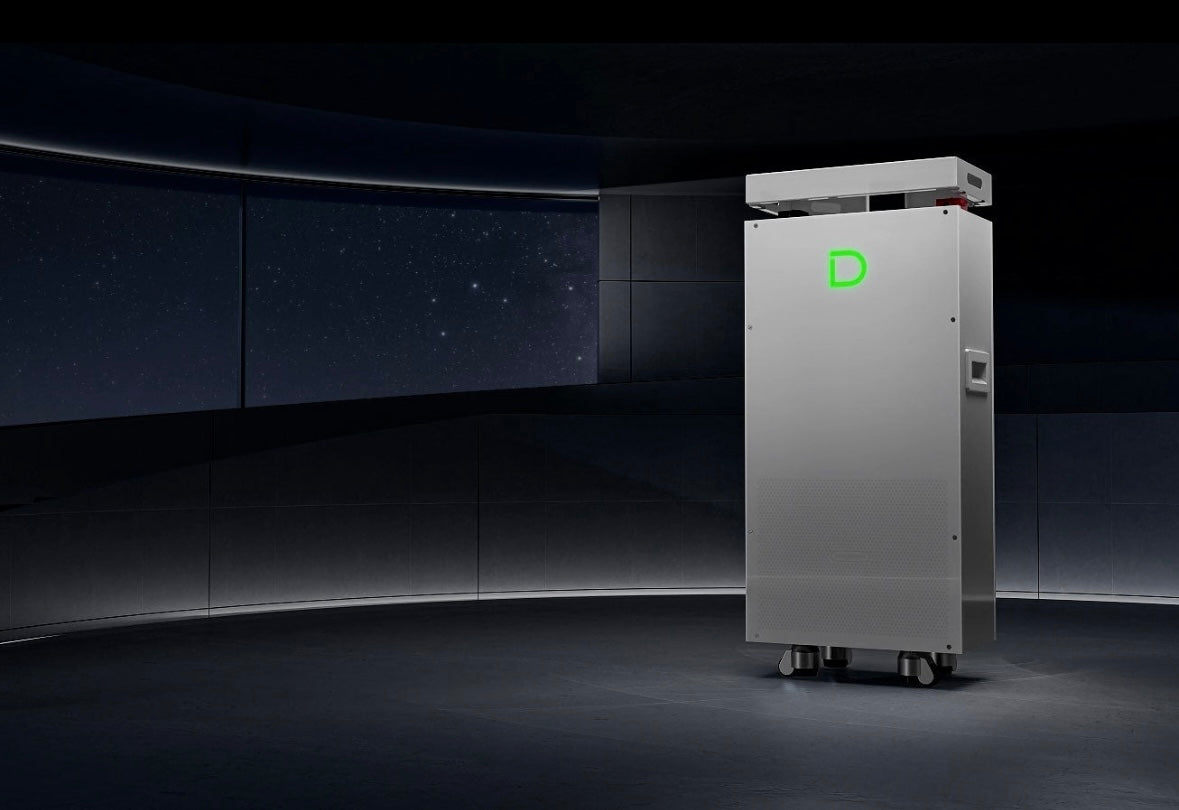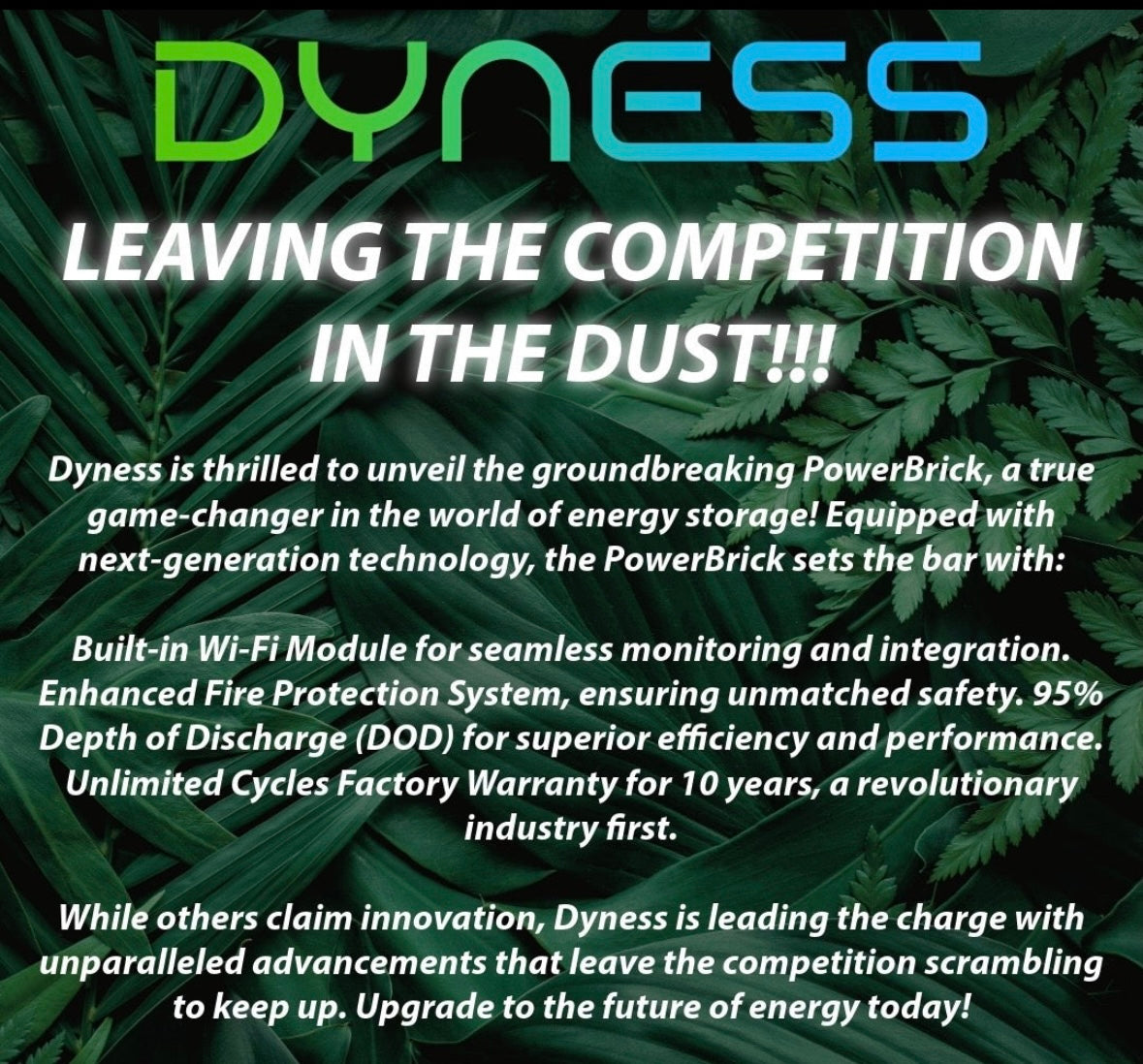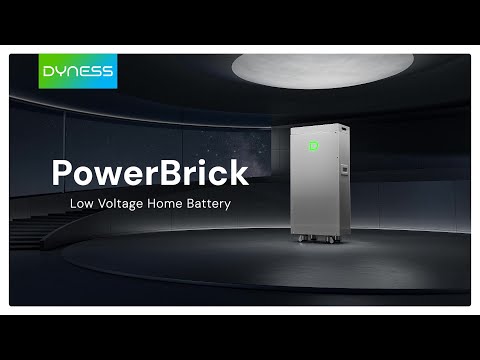Dyness 14.3kW Powerbrick Li-Ion Battery (Top cover included)
Couldn't load pickup availability
🔋 Dyness PowerBrick – 14.3kWh Lithium-Ion Battery (Top Cover Included)
✅ Large 14.3kWh energy storage capacity 🔋
Store more energy for extended backup or daily solar use — ideal for larger residential systems or light commercial loads.
✅ Durable top-cover design included 🧳
Comes with a protective cover for a cleaner, more secure installation — suitable for rack or cabinet mounting.
✅ High-performance LiFePO₄ chemistry 🧪
Long-lasting lithium iron phosphate cells with 6,000+ cycles — safe, stable, and maintenance-free.
✅ Reliable 1C discharge rate ⚡
Delivers up to 14.3kW of output — easily runs high-demand appliances and multiple circuits during outages or peak usage.
✅ Built-in smart Battery Management System (BMS) 🧠
Protects against overcharging, deep discharge, temperature spikes, and short circuits — communicates via CAN/RS485.
✅ Expandable for higher capacity 🧱
Install multiple PowerBricks in parallel to increase storage and meet growing energy demands.
✅ Seamless inverter compatibility ⚙️
Works with major brands including Deye, Victron, Sunsynk, Growatt, Luxpower, and more — easy integration into hybrid or off-grid setups.
✅ Silent, zero-maintenance operation 🌱
No noise, no fumes, and no moving parts — just clean, dependable energy.

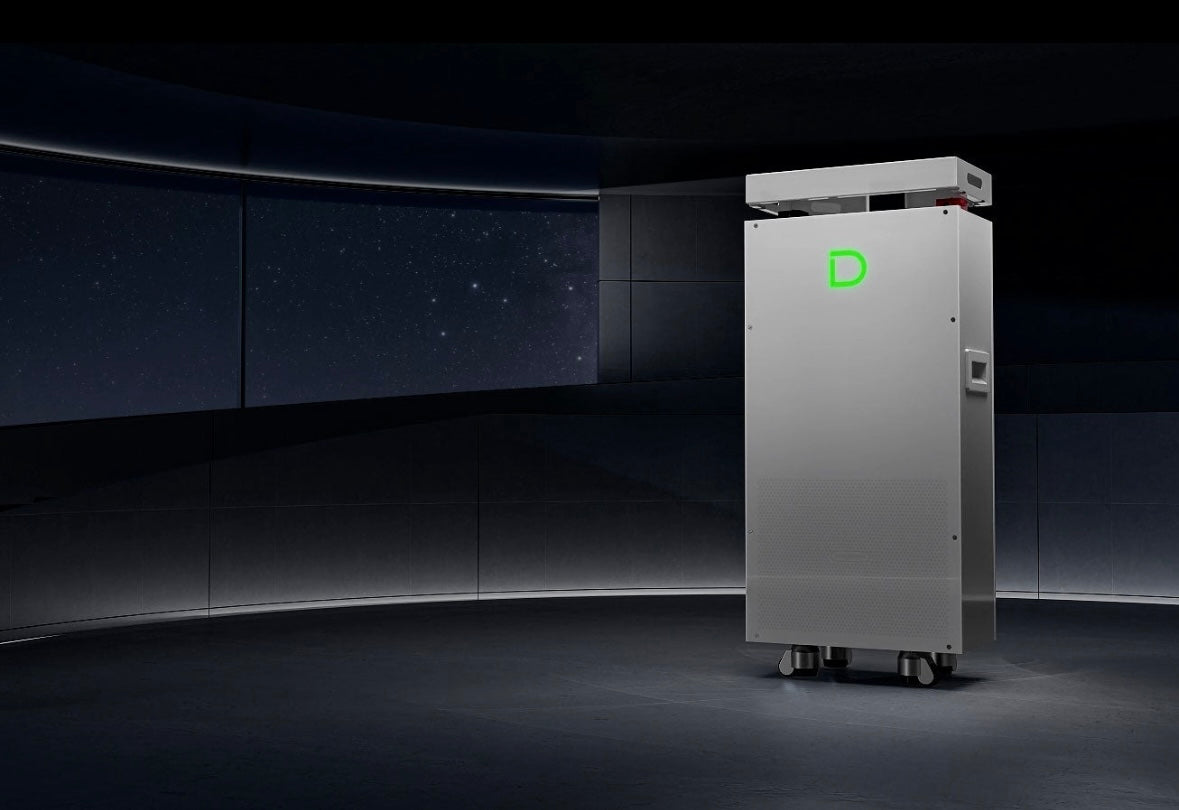
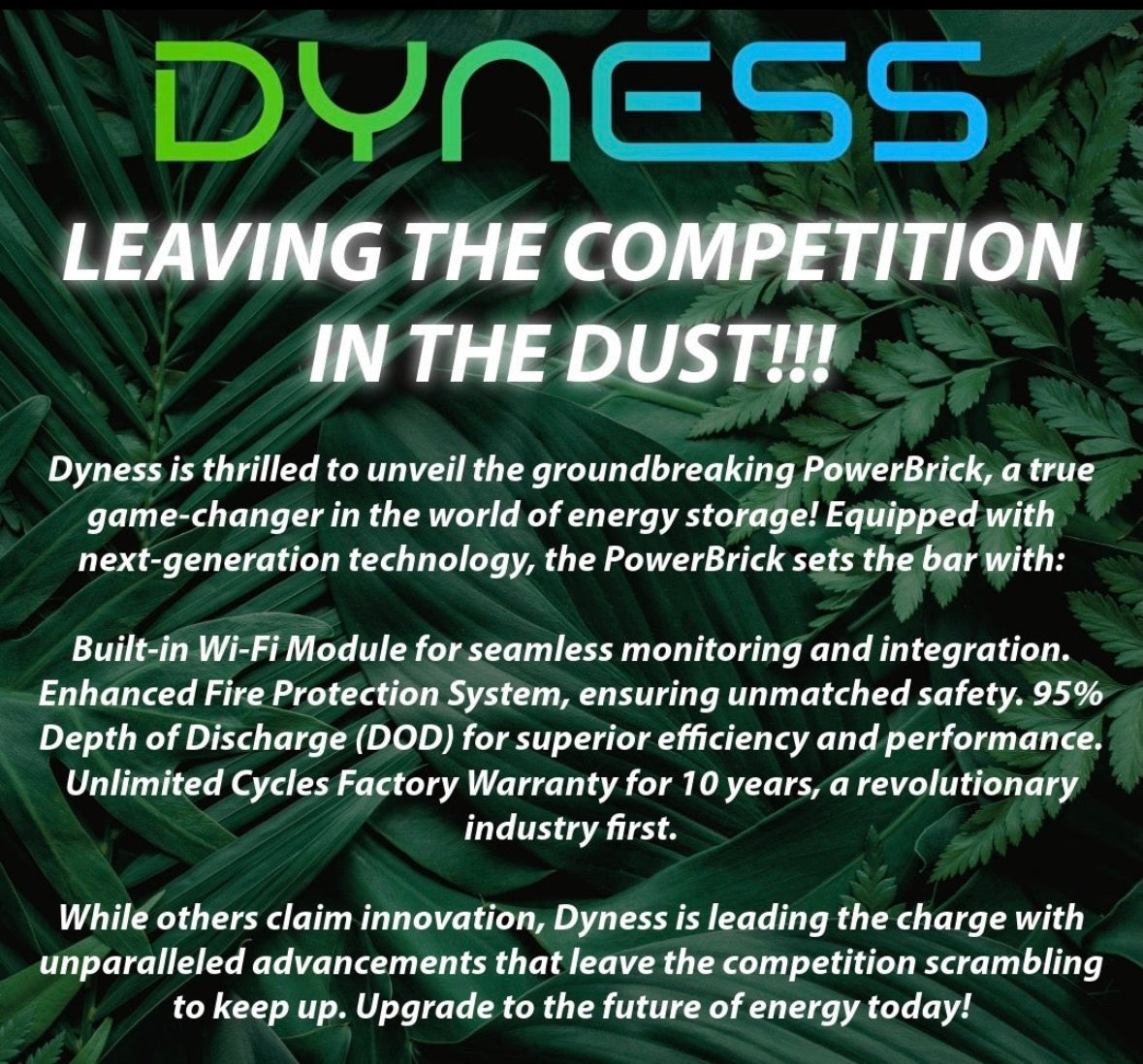
We Don’t Just Beat Quotes — We Build Better Systems.
Our certified installers design each PV setup for maximum performance and long-term reliability. Every installation is backed by full warranty support and genuine spare parts, ensuring your investment delivers power — and peace of mind — for years to come.


